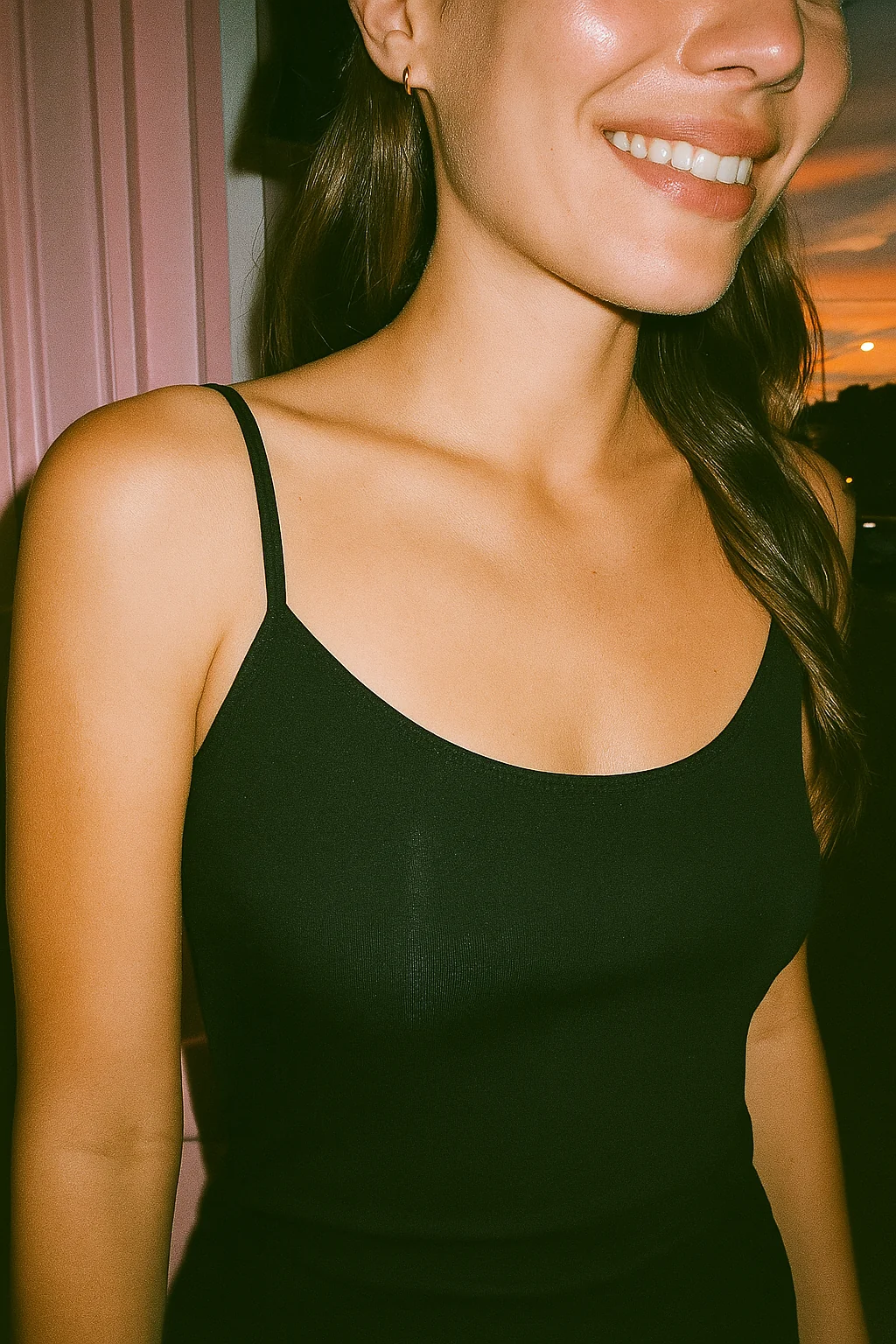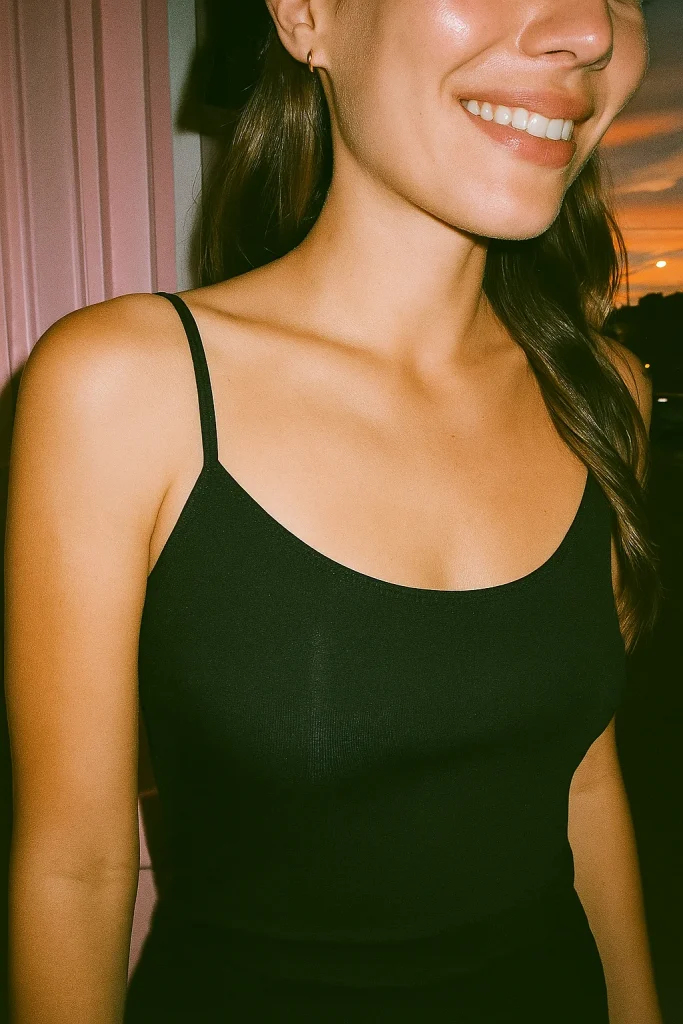
AI Color Palette Generation: Revolutionizing Design in 2025
Hey there, color enthusiasts! Today, I'm super excited to dive into a topic that's been buzzing in the design world: how artificial intelligence (AI) is revolutionizing the way we create color palettes! Yep, you heard that right—AI is not just for tech geeks anymore; it's making waves in the creative sphere, transforming how we think about color in design.

Imagine this: you type in "tropical paradise" into a tool, and bam! A gorgeous color palette that perfectly captures that vibe appears before your eyes. Sounds like something out of a sci-fi movie, right? But in 2025, this is reality, thanks to the magic of generative AI.
So, what exactly is generative AI? In simple terms, it's a type of AI that can create new content—be it images, text, or in our case, color palettes—based on the input it receives. These AI models are trained on vast amounts of data, learning patterns and styles to generate something fresh and unique.
Let's explore some of the top AI tools that are making this possible!
What is Generative AI in Design?
Generative AI is like having a super-smart creative assistant. It can analyze millions of color combinations to figure out what works best together. By understanding the context and the mood you want to convey, it can suggest palettes that are not only aesthetically pleasing but also aligned with your design goals.
For example, if you're working on a project that needs to evoke a sense of calm and tranquility, you might input "serene ocean" and get a palette of soft blues and greens. It's like having a color expert at your fingertips!
Top AI Palette Generation Tools
There are several AI-powered tools that have taken the design community by storm. Here are a few that stand out:
Adobe Generative Recolor
First up is Adobe Generative Recolor, a powerful feature within Adobe Illustrator. Powered by Adobe Firefly, it allows you to explore countless color palettes just by typing in a descriptive phrase. Want a "strawberry fields" vibe? Just type it in, and the AI will generate a palette that matches that description. It's like having a color genie!
Colormind
Another fantastic tool is Colormind. It uses deep neural networks to generate harmonious color schemes. You can even lock in certain colors and have the AI build around them. This is perfect if you have a brand color you need to incorporate. Colormind's interface is straightforward, making it great for quick experiments.
ColorMagic
ColorMagic offers a lot of flexibility. It can generate palettes from images or text. Upload a photo that inspires you, and the AI will extract its color scheme. Or, type in a theme, and it'll match it with a set of colors. This versatility makes it a go-to for many designers.
Palettemaker
Lastly, Palettemaker is unique because it not only generates palettes but also lets you preview them in real design contexts like logos, UI interfaces, or posters. This helps you see how the colors will look in action, which is incredibly useful.
How AI Predicts Color Trends
But wait, there's more! AI isn't just generating palettes; it's also predicting color trends for the future. By analyzing vast amounts of data from social media, fashion shows, consumer products, and even psychological studies on color perception, AI can identify which colors are likely to be popular next.
For instance, tools like Pantone Connect use AI to analyze trends in fashion and home decor to forecast colors for 2025, such as the warm and grounding Mocha Mousse. Another tool, Heuritech, focuses on fashion, using machine learning to predict which colors will be in vogue based on social media data.
A notable example is H&M's collaboration with Google, where they analyzed thousands of images and social media posts to launch a successful clothing line. This demonstrates the power of AI in trend prediction.
In 2025, color trends are leaning towards warm, earthy tones like Mocha Mousse, as well as soft pastels and vibrant accents. These trends reflect a consumer desire for comfort and optimism.
Impact on Brand Identity in 2025
AI-generated color palettes are changing how brands establish their visual identities. Tools like Looka offer AI-driven branding kits that include color palettes and logo designs. This is especially valuable for small businesses that may not have the budget for professional designers.
On platforms like X, there's a lot of discussion about automated branding solutions, including instant color palette generation . This means even startups can quickly create a professional-looking visual identity.
For example, Coca-Cola used AI to analyze social media data and create personalized label colors, which significantly boosted sales . Similarly, while there isn't direct evidence of Spotify using AI for playlist colors, third-party tools like Spotify Color Palette analyze listening habits to generate personalized color schemes.
However, it's important to note that AI may not fully capture the cultural or emotional nuances that a human designer can. Research, such as the Wiley study, shows that AI-generated color palettes might lack the depth in color proportioning and distribution compared to human designs. Therefore, it's crucial for designers to review and adjust AI outputs to ensure they align with the brand's message.
The Future of AI in Color Design
Looking ahead, the potential for AI in color design is immense. We might see even smarter tools that can generate palettes based on brand values, target audience preferences, or real-time market trends. Integration with virtual reality (VR) and augmented reality (AR) could allow designers to preview palettes in immersive environments.
Nevertheless, AI should be seen as a tool to enhance human creativity, not replace it. The final decision should always rest with designers who understand the brand's story and the audience's emotions.
Conclusion
The AI revolution in color design is here, and it's reshaping how we create palettes and brand identities. Whether you're a seasoned designer or just starting out, these tools can help you unlock new levels of creativity and efficiency.
So, why not give them a try? Experiment with Adobe Generative Recolor, Colormind, or ColorMagic and see how they can elevate your design process. And don't forget to share your experiences in the comments below—I'd love to hear about your journey!

Great read. It's so interesting to see how fashion evolves over the decades.